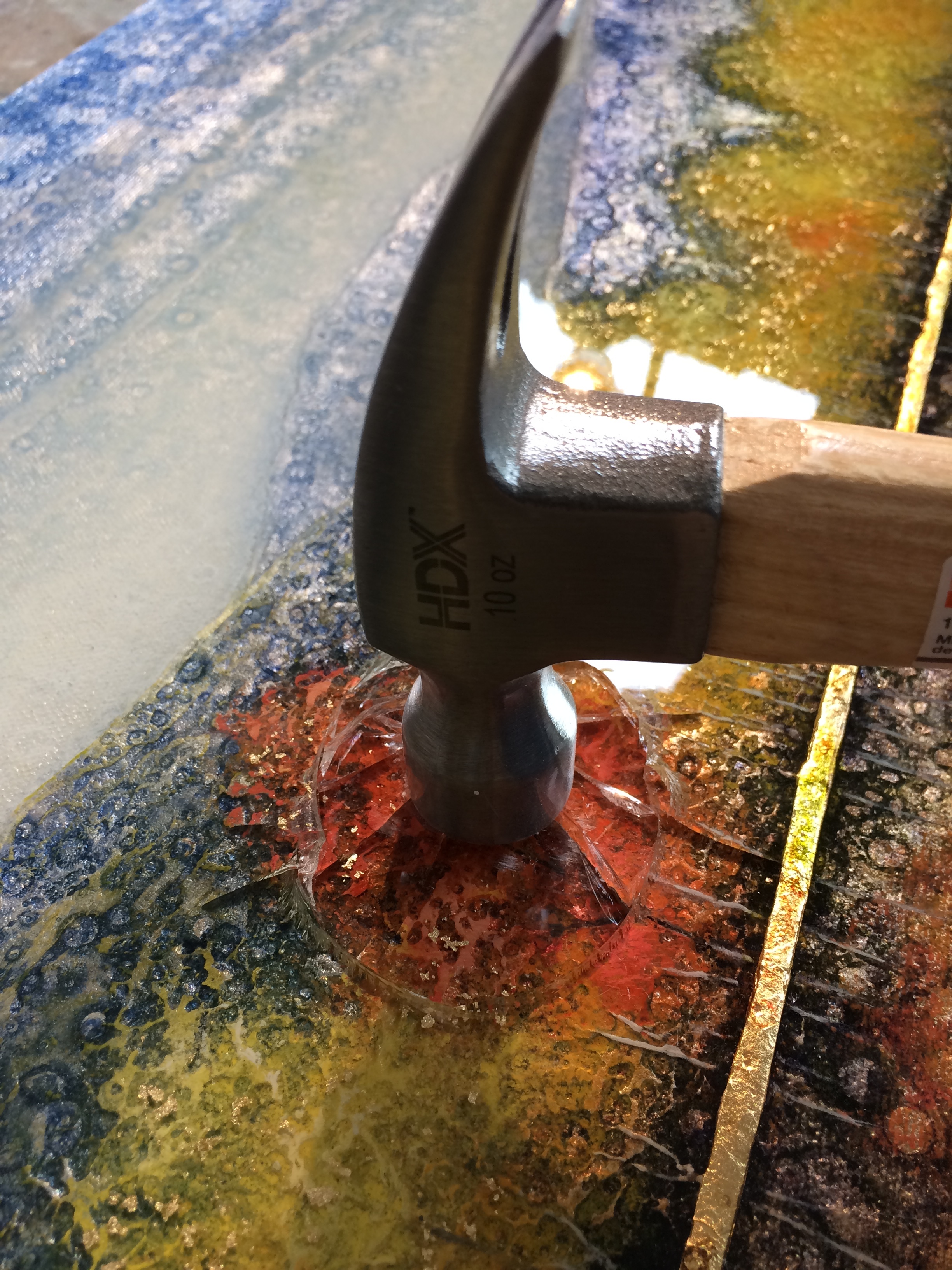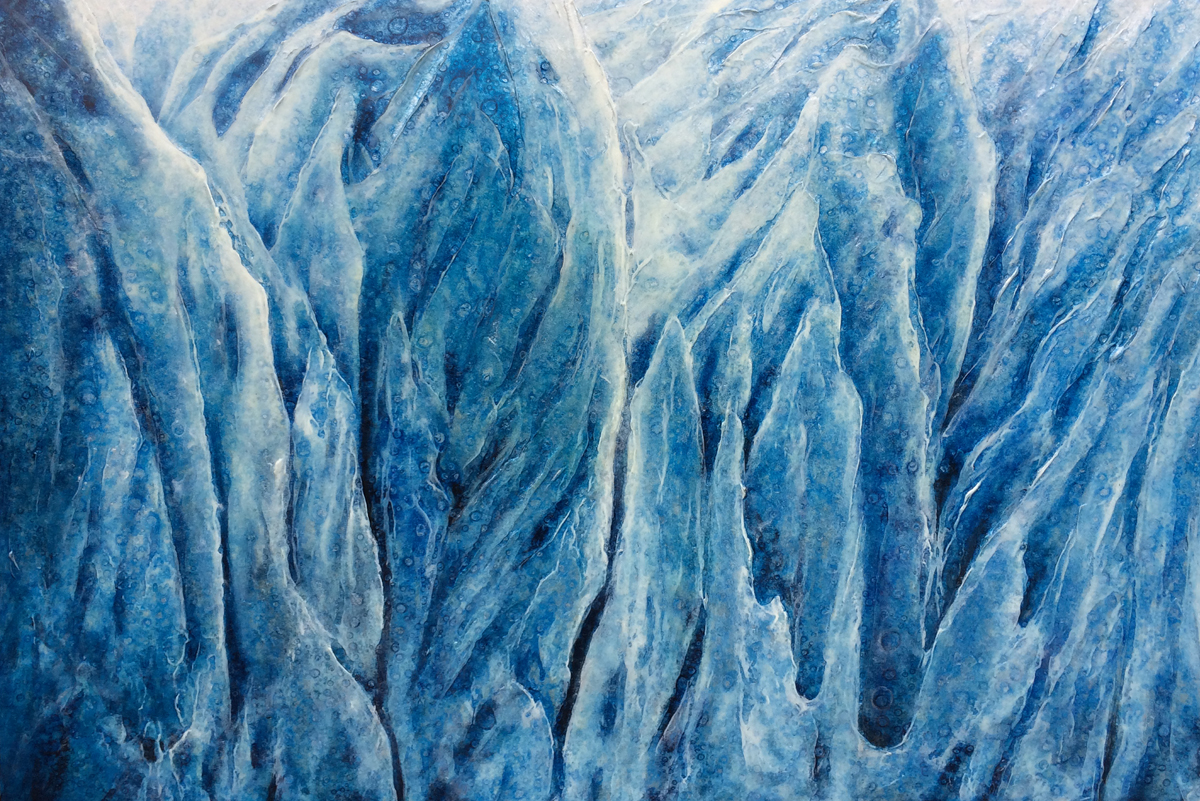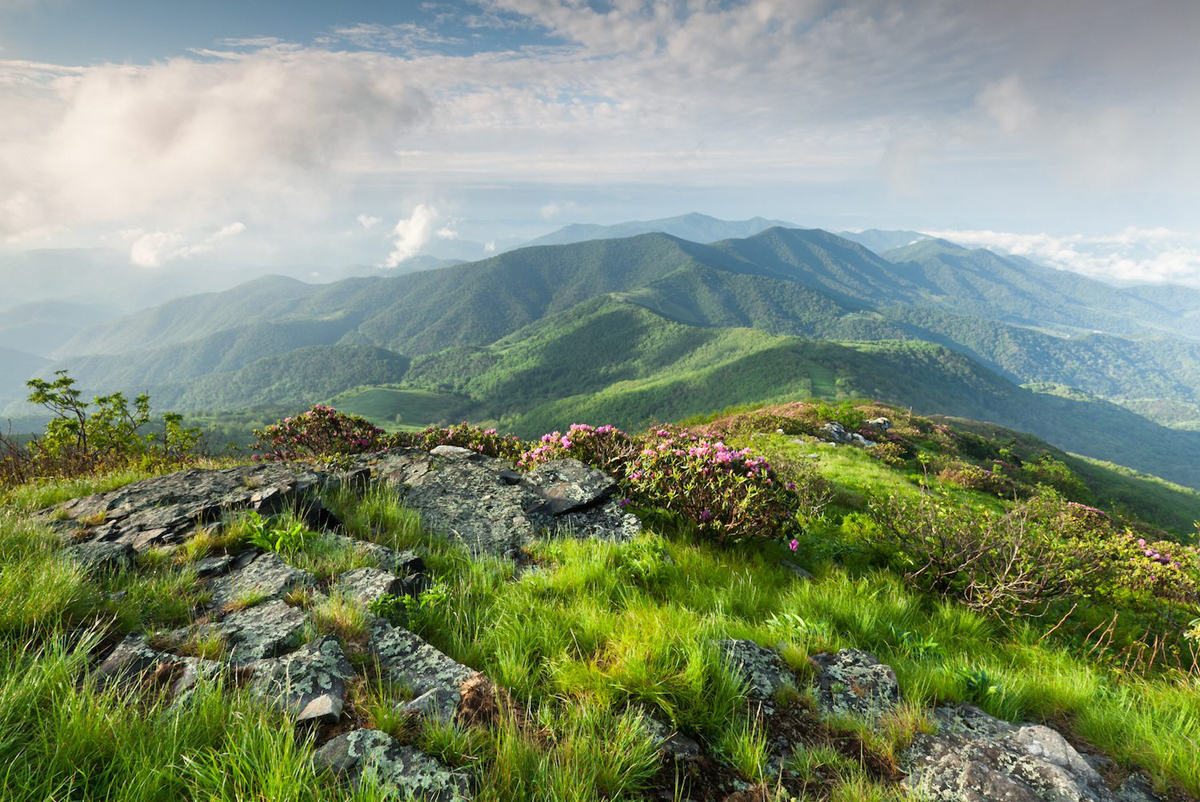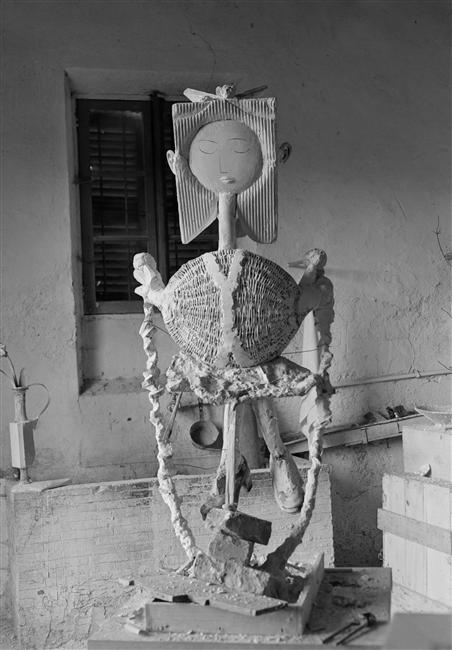In our basic survey of world views and how they influence the arts and culture, we have looked at five: Theism, Deism, Naturalism, Nihilism and Existentialism (that's a lot of isms to consider!). We have considered the basic "life premises" promoted by these world views and their affect on culture and specifically upon art. We noted that the basic assumption of theism is that "God is here". This world view asserts that the Creator is present and wants relationship with us. Deism asserts that God is "out there somewhere" (but not here). He, she or it exists (order we see in the universe would suggest that) but that God is distant and a personal "relationship" with him/her/it is not possible. Naturalism states that to debate whether or not God exists is pointless, because the only way to determine the truth of something is to be able to prove it scientifically (hypothesize, predict, test, repeat). Nihilism argues that if the propositions of naturalism are true, then the whole notion of God is dead, and that as a result, human existence is without objective meaning, purpose, comprehensible truth, or essential value. Existentialism states that "well, yes God is dead, but we don't need him/her/it to determine truth or real meaning...we do that ourselves.
Understand that at about this time, a lot of "culture shapers" in western society were to the point of saying (and I paraphrase): “Ah, all you philosophers are taking this 'meaning and truth' thing all too seriously. You're totally depressing us! At this point in history, we no longer NEED your religion or philosophy to explain or advance life and culture...we have technology…we can do SO MUCH to help the species progress, and isn't that what it's all about?"
Enter Modernism.
Modernism is the world view which preaches that human beings have the power to create, improve, and reshape their environment, with the aid of scientific knowledge and technology. It encourages us to re-examine every aspect of life, and use science and technology to find better ways of doing everything.
Modernism basically sets aside the theology and philosophy that lead us to this point. Or rather, it actually coops theology and philosophy to strengthen itself as "the" legit world view. Let me explain.
Rather than glorify a deity that is here, there or nowhere at all, modernism glorifies technology as the key to our thriving as a species. In a sense, technology becomes the new god. In the early 1900's, there was a phrase that summed up the thought of the time: "Every day in every way, we keep getting better and better!" This was real cultural optimism brought about by a new and fresh faith in technology. Finally, humans were finally on the brink of utopia (in 1900, they didn't know about the two world wars on the horizon).
The idea of solving human problems with design and technology was very long-lived and even exists today. But the optimism preached by the proponents of modernism was based on technology alone, not on human emotional satisfaction or fullness. Traces of human emotions were being stripped from art and design at breakneck speed. Consider the profound effect on architecture. Prior to modernism, buildings were ornamented. Details and hand-crafted elements were important. With modernism though, ornamentation was distained as unnecessary. Everything was stripped down to the bare essentials. That is all we need. Anything else was viewed as superfluous. “Less is more” was the mantra that guided architecture from the early 1900's until the 1980's (look at Soviet era housing for a grand example of this…)
But...consider this. The art produced by modernism was becoming less and less "human". Architecture and design was looking more fit for robots rather than humans. Metal and glass, absence of vibrant color or intricate design is cold and mechanistic, with no "personality". Human beings are fleshly and emotional -- warm, soft and full of feelings, (not cold and metallic and impersonal). So, this leaves human beings with some cool looking art and architecture, but also leaves society with having to live in a very cold, mechanistic world with no personal identity.
Until the 1960's changed all that, but that's for the next blog.



















